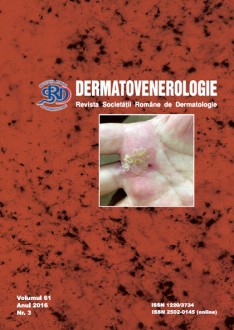The skin is consistently exposed to oxidative environment, especially to ultraviolet radiation (UV).
Chronic exposure leads to photoageing and photocarcinogenesis and represents the most important environmental risk factor for both melanoma and nonmelanoma skin cancer, the most diagnosed cancer worldwide. There are as well several patient-dependent factors and also different periods in life when exposure to UV is critical for tumor development. There are many mechanisms by which UV radiation induces, promotes and sustains carcinogenesis in basocellular epithelioma, squamous cell carcinoma and actinic keratosis. The best known is the direct mutagenic effect on DNA that favors apoptosis as well as the absorption of UV by the skin that produces reactive oxygen species and produces photochemical changes within the chromophores expressed by erythema and inflammation. The UV radiation has also an immunosuppressive effect and favors genetic aberrations, the most common of them being at the level of the p53 gene that encodes a phosphoprotein involved in cellcycle control and the maintenance of chromosomal stability.
UV has been shown to up-regulate cyclin-D1 having as consequence cell cycle progression and cell proliferation.
Fas and bcl-2 are also up-regulated. Even so, etiology of non-melanoma skin cancer is still unclear and highly controversial.
General reviews
CARCINOGENESIS DUE TO SUNLIGHT EXPOSURE IN NON-MELANOMA SKIN CANCER


